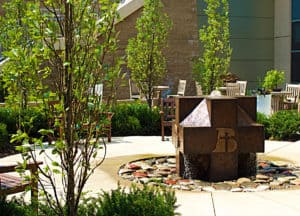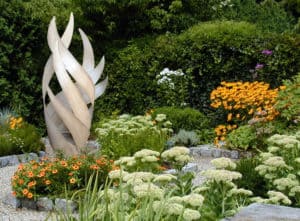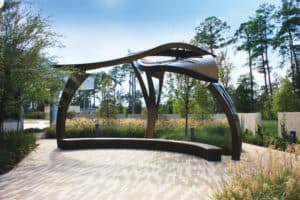Healing Garden
What is a Healing Garden?
The many benefits of healing gardens have been researched in the past, and continue to be explored in the present day.
Healing Art is Backed by Research
Roger Ulrich, a professor and director of the Center for Health Systems and Design at Texas A & M University, found that viewing natural scenes and elements fosters stress recovery by:
- Evoking positive feelings
- Reducing negative emotions
- Effectively holding attention/interest
- Blocking and/or reducing stressful thoughts
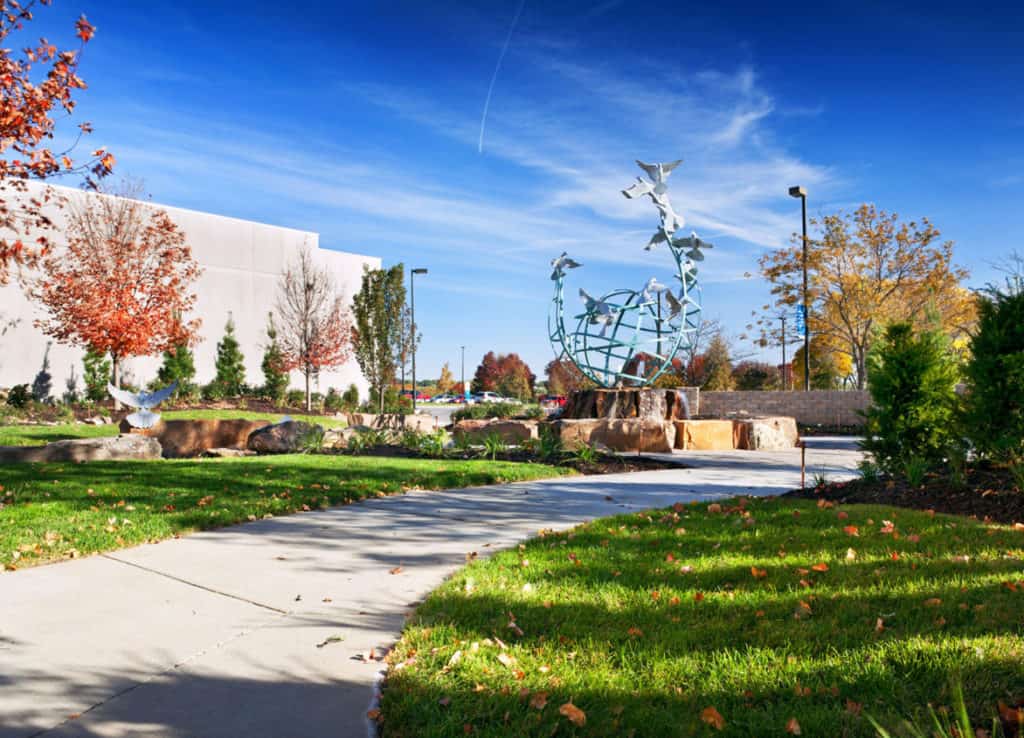
In a study where individuals were surrounded by a naturalistic environment versus an urban setting, participants exhibited lower alpha rates because they were ‘wakefully relaxed’. Ulrich also showcased that surgical patients experienced shorter post-operative stays at hospitals, took less pain medication, and experienced fewer minor post-operative complications because of the calming comfort of a healing garden.
Designing A Healing Garden
Healing gardens are designed with the specific needs of the residents in mind. Much like an ordinary garden, a plethora of plants, rocks, and natural scenes evolve from an aesthetically planned arrangement.
In designing a healing a garden, the University of Minnesota SULIS recommends the following design points:
- Functionality – accommodate the limitations of the users of the space.
- Maintainable –preserve the garden, not only for physical safety, but also to ensure users are confident they are being well taken care of by staff.
- Environmentally Sound –minimize levels of harm on the environment and visitors.
- Cost Effective –expend contributed funds to the fullest monetary potential.
- Visually Pleasing – display varying colors, vegetation, flowers, fountains/water, and sculptors.
Design Elements to Consider
Variety
The design should include a variety of form, texture, seasonal interest, and color to provide sensory stimulation. Having little or no variety can actually have adverse reactions causing stress to visitors, if only a mundane environment is offered. Textures can be conveniently positioned on edges, allowing visitors to recognize transitions in a pathway. Concrete and asphalt are common materials used to create pathways because it provides a smooth texture, but provides enough traction for easy maneuvering of wheelchairs and other assistive mobility devices. Using decomposed granite is efficient for people that move about in wheelchairs, but not for those who rely on crutches. By varying the textures, a facility could accommodate all of their patients and their mobility needs.
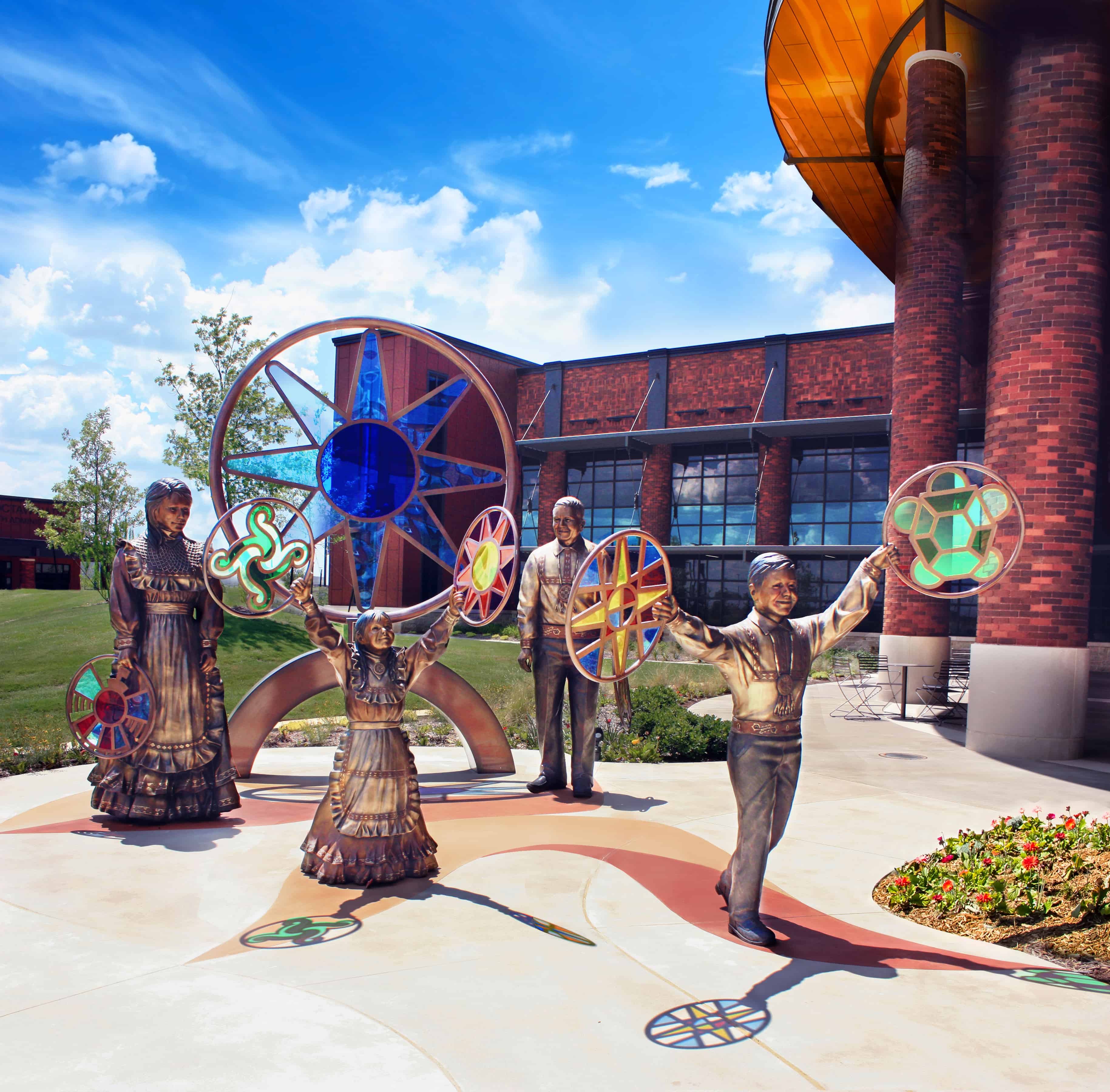
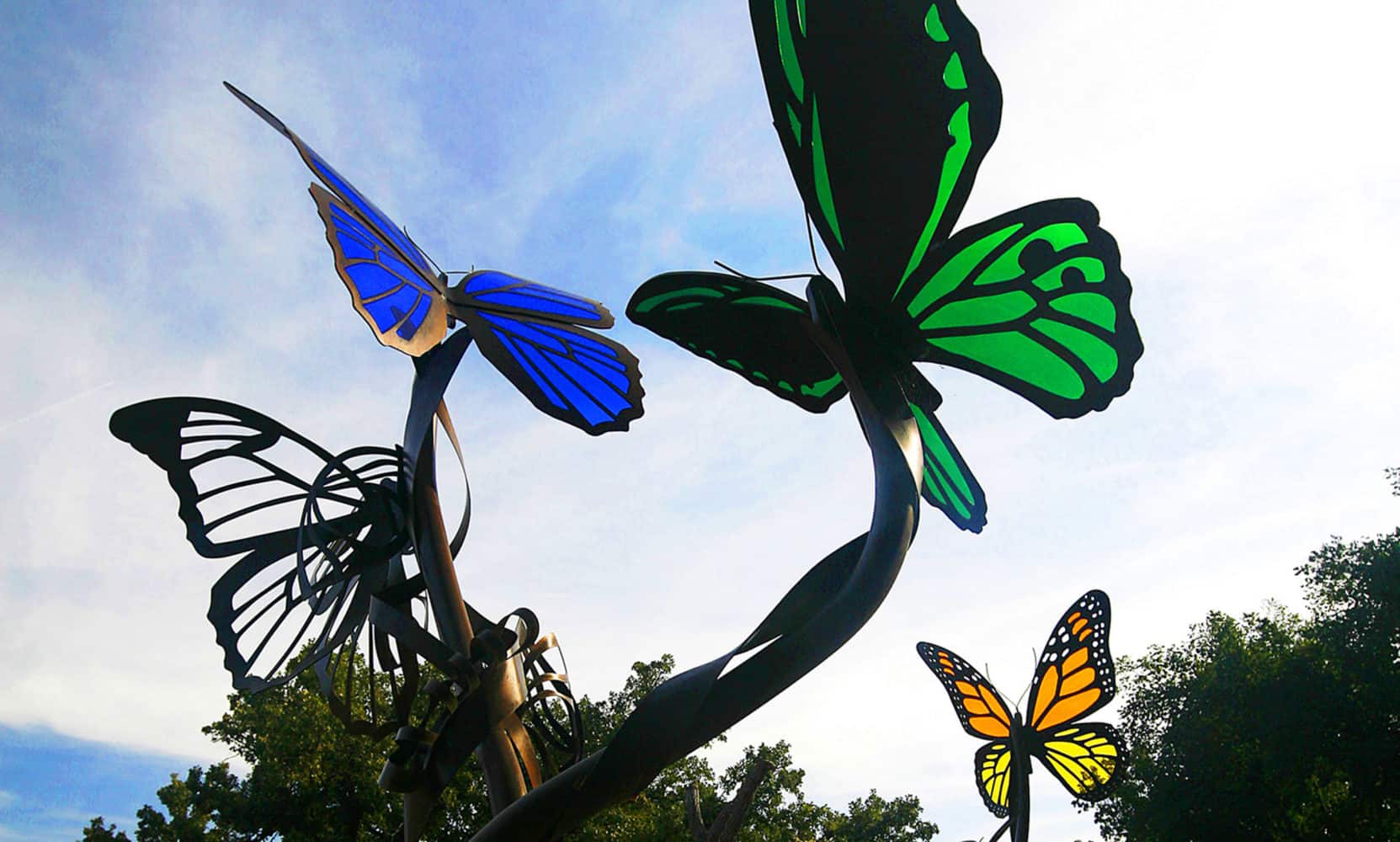
Balance
Stability of the garden is demonstrated through a balance of symmetrical and asymmetrical features. By varying heights and focal points, the space feels stable as a whole. Designers also want to avoid the use of glaring materials due to the reflections and how it can be troubling for individuals with low sight or sensitivities
Emphasis
Key specimens, groups, or mass plantings provide focal points to help visitors orient themselves in the garden.
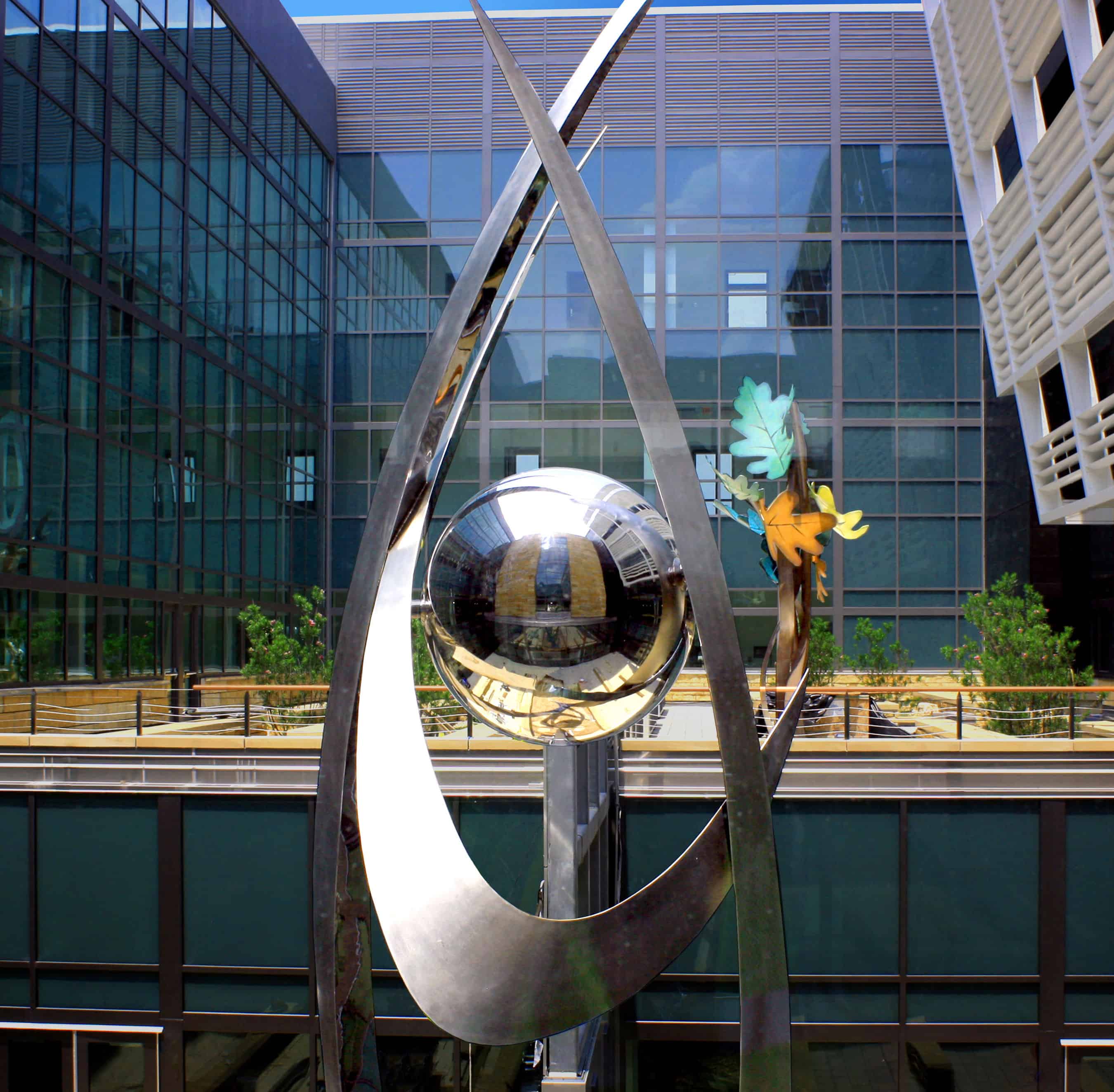
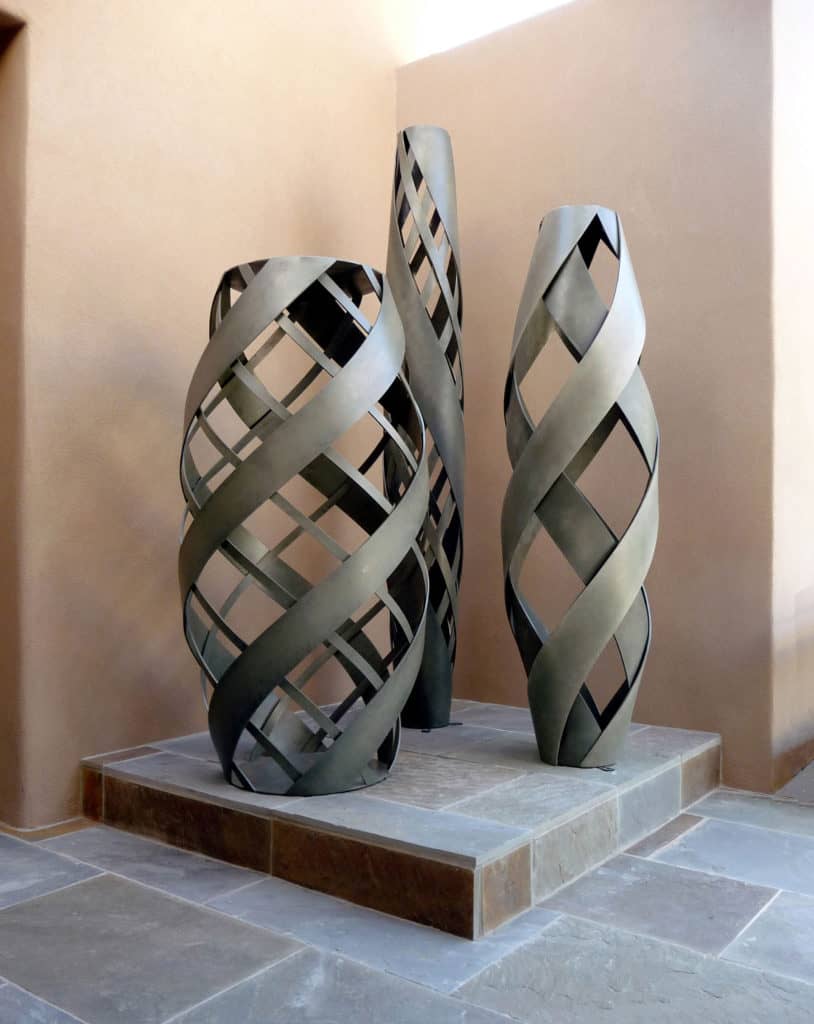
Sequence
Smooth transitions from one area to another are important in creating good flow when moving from common spaces to areas of solitude.
Scale
If the healing garden is located by a high-rise building such as a hospital, use elements such as trees to bring the space down to a human scale.

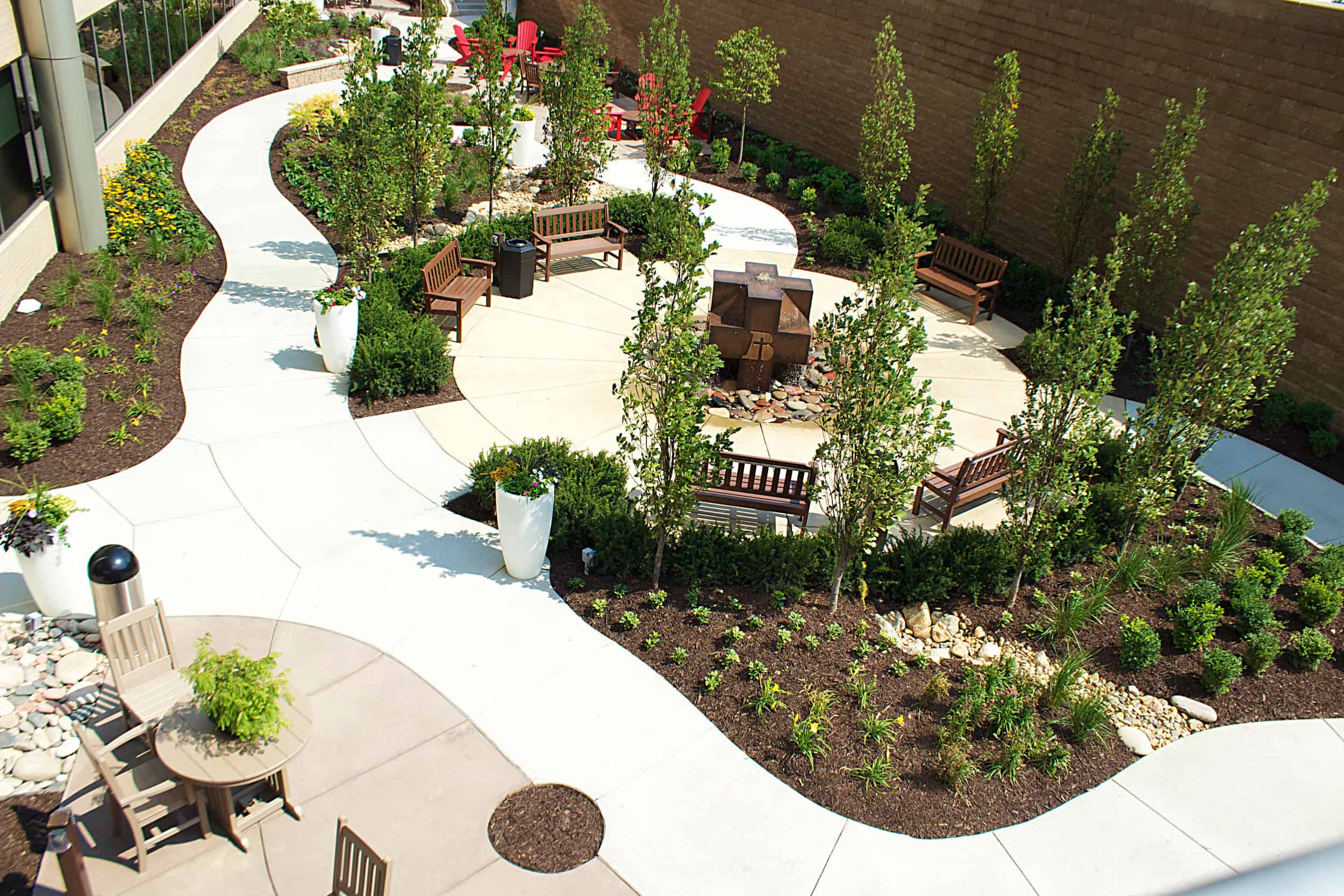
Accessibility
Having pathways that are designed for flexibility for patients with or without mobility devices such as wheelchairs, walkers, or canes. The recommended minimum pathway width seven feet to accommodate two-way wheelchair traffic without difficulty.

